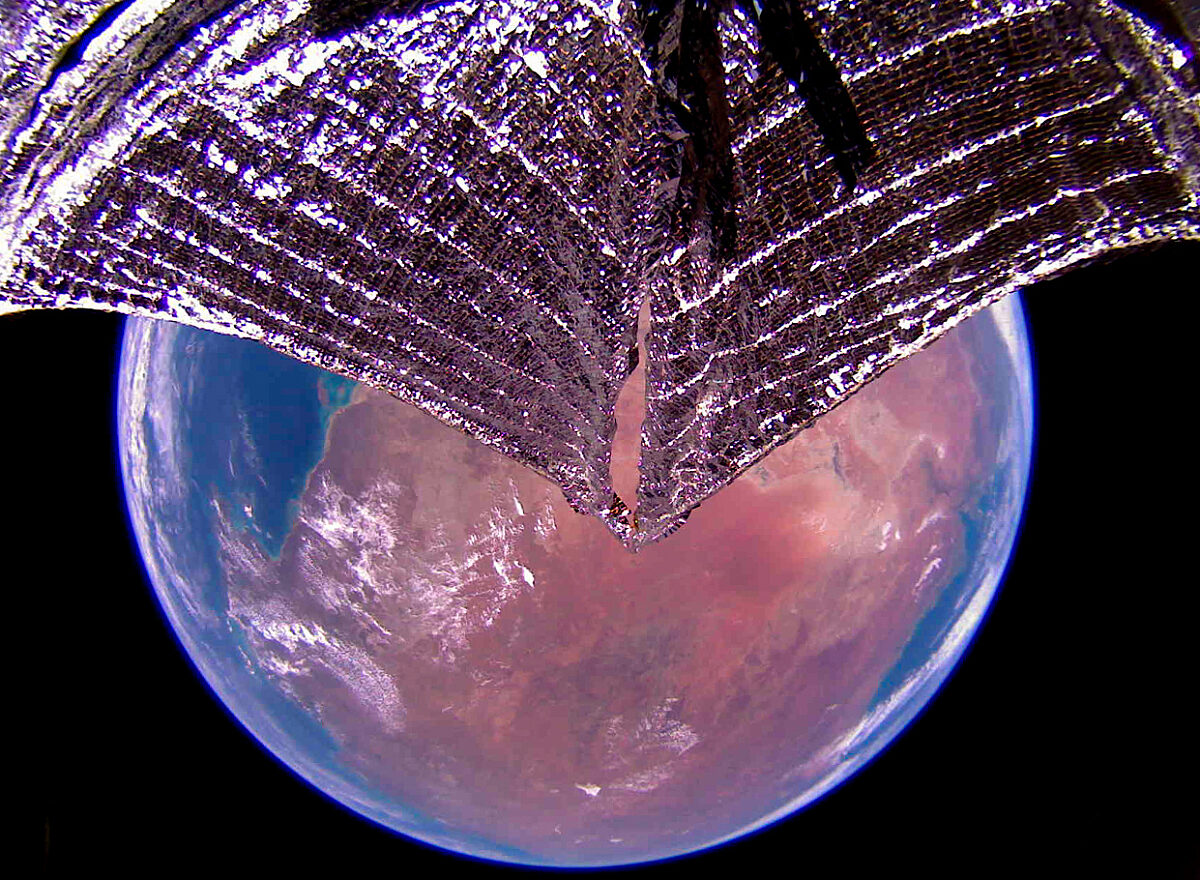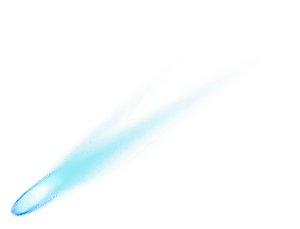The Downlink • Dec 10, 2021
Do look up!
Space Snapshot

This spectacular image shows comet C/2021 A1 — a.k.a. Leonard — passing the distant Messier 3 globular cluster. It was taken by amateur astrophotographer Gregg Ruppel of Tucson, Arizona, on December 3 through a telescope-mounted camera. Greg Leonard, an astronomer with the Catalina Sky Survey, spotted C/2021 A1 earlier this year. Comet Leonard will be visible throughout December, coming closest to the Earth (around 34.9 million kilometers) on December 12. See the “What’s Up” section below for viewing tips. Image credit: Gregg Ruppel.
You love space, now take action
This weekly newsletter is your toolkit to learn more about space, share information with your friends and family, and take direct action to support exploration. Anyone can subscribe at planetary.org/connect to receive it as a weekly email.
Mission Briefings


Scientists in Antarctica were treated to the only total solar eclipse of 2021. On December 4, a small but lucky number of onlookers snapped photos of the event. Totality lasted about 2 minutes, which was just enough time for both people and penguins to get a glimpse. Pictured: NOAA's Deep Space Climate Observatory spotted the eclipse from space, more than 1.5 million km (950,000 mi) away.

The internet is abuzz over a “mystery hut” on the far side of the Moon. China’s Yutu 2 rover recently spotted the strange, cube-like object, which quickly became a social media sensation after the picture went viral. The Yutu 2 team is interested in investigating the so-called “moon cube,” which is very likely a large boulder and unfortunately, not a house.
From The Planetary Society


Comet Leonard isn’t on a collision course with Earth, but what if it were? A new movie explores what society would do if faced with this kind of existential threat. “Don’t Look Up” tells the story of a giant comet speeding toward Earth, the scientists who want to divert it, and the world leaders who don’t want to deal with it. Director Adam McKay and planetary defense expert (and the film’s science consultant) Amy Mainzer join this week’s Planetary Radio to talk about the science behind the film, and much more. Pictured: the scientists played by Jennifer Lawrence and Leonardo DiCaprio consider a comet approaching Earth in this still from the film. Image credit: Netflix.

The newest issue of The Planetary Report is here! The December 2021 issue takes a look back on the year in pictures, and reflects on how space images help people connect with our extraordinary cosmos. Our quarterly magazine is mailed to members, but everyone can read it online for free.

What does the future of astrophysics have in store for us? A once-per-decade report from the National Academy of Sciences was recently released, detailing the priorities agreed upon by the U.S. astrophysics community. This decadal survey identifies the most pressing scientific questions, and what we need to do to answer them. Heidi Hammel, astronomer and Vice President of The Planetary Society, joins the latest Planetary Radio: Space Policy Edition to discuss the new results and what it means for the future of astronomy.
Make the future of space brighter!

When you donate to The Planetary Society’s Planetary Fund you help make historic missions and advancements possible, from the Perseverance rover landing on Mars to our very own LightSail 2 solar sailing spacecraft.
Make a gift today and it will be doubled by a matching donor, up to $100,000.
What's Up

This is a big week for sky watching! Along with Venus, Saturn and Jupiter shining in the evening sky, the Geminid meteor shower is underway and peaks next week on December 14. Look for meteors streaking across the sky around the constellation Gemini. Comet Leonard will also be on display this week and throughout the month. It will be visible in the Northern Hemisphere in the predawn throughout the first half of the month, and in the evening sky to viewers in both hemispheres later in December. Visibility will be best through binoculars or a telescope in dark sky areas. Learn more about Leonard here, and find more night sky viewing tips at planetary.org/night-sky.
Wow of the Week

Did you know that NASA's Mars Reconnaissance Orbiter takes requests? A member of the public suggested this interesting location for MRO's HiRISE camera to capture from orbit. The location is an eroded mesa in Arabia Terra on Mars, where layers of sediment reveal the geological history of the area. You can submit your own suggestions too.
We love to feature space artwork in the Downlink. If you create any kind of space-related art, we invite you to send it to us by replying to any Downlink email or writing to [email protected]. Please let us know in your email if you’re a Planetary Society member!


 Explore Worlds
Explore Worlds Find Life
Find Life Defend Earth
Defend Earth

